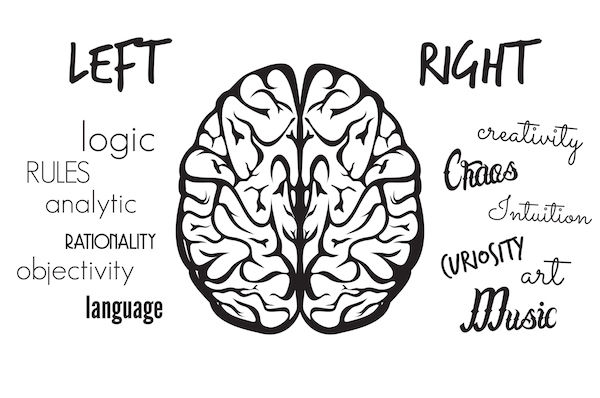
FRIDAY, July 15 (HealthDay News) — Binge drinking can damage teenagers’ spatial working memory (the ability to perceive their environment or their surroundings) at a critical time when their brains are still developing, according to a new study.
And, girls may be especially vulnerable to the negative effects of excess alcohol consumption, the researchers said.
“Even though adolescents might physically appear grown up, their brains are continuing to significantly develop and mature, particularly in frontal brain regions that are associated with higher-level thoughts, like planning and organization,” Susan F. Tapert, acting chief of psychology at the VA San Diego Healthcare System, said in a university news release.
“Heavy alcohol use could interrupt normal brain cell growth during adolescence, particularly in these frontal brain regions, which could interfere with teens’ ability to perform in school and sports, and could have long-lasting effects, even months after the teen uses,” said Tapert, who is also a professor of psychiatry at the University of California, San Diego.
The study is published online July 15 ahead of print in the October issue of Alcoholism: Clinical & Experimental Research.
According to the news release, drinking-related impairments in spatial working memory can affect the following:
- Driving
- Figural reasoning, such as geometry
- Sports, specifically remembering and enacting complex plays
- Reading maps
- Remembering directions or routes
In conducting the study, researchers subjected 95 teenagers to neuropsychological testing, substance use interviews, and a spatial working memory task during a brain scan using functional MRI.
The study found that teen girls who were heavy drinkers had less brain activation in several areas of their brains than other girls their age who didn’t drink. Meanwhile, teenage boys who drank excessively displayed some abnormality compared to their abstaining peers, but the difference between male drinkers and non-drinkers was less than among girls.
The study authors suggested that hormonal or metabolic differences between boys and girls, or the fact that girls’ brains develop up to two years earlier than boys, could account for these gender differences.
“These findings remind us that adolescent boys and girls are biologically different and represent distinctive groups that require separate and parallel study,” Edith V. Sullivan, a professor in the department of psychiatry and behavioral sciences at Stanford University School of Medicine, said in the news release.
More information
The U.S. National Library of Medicine has more on teenage drinking.

